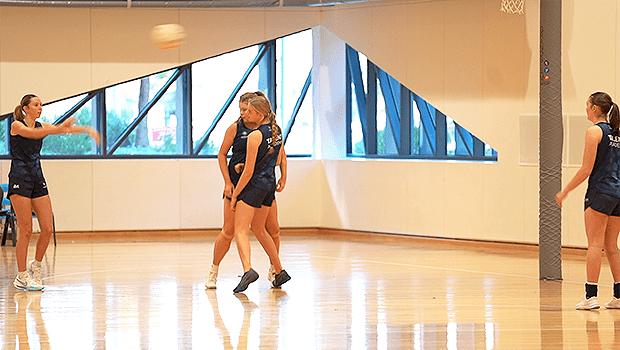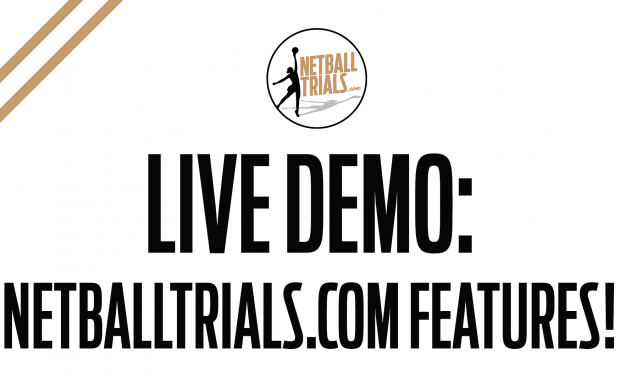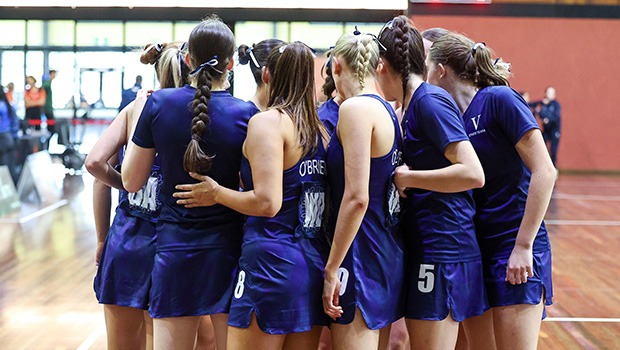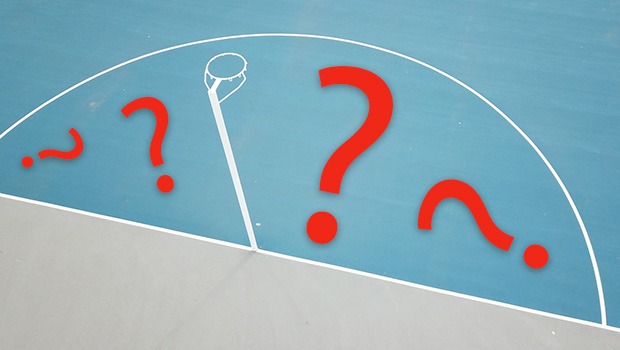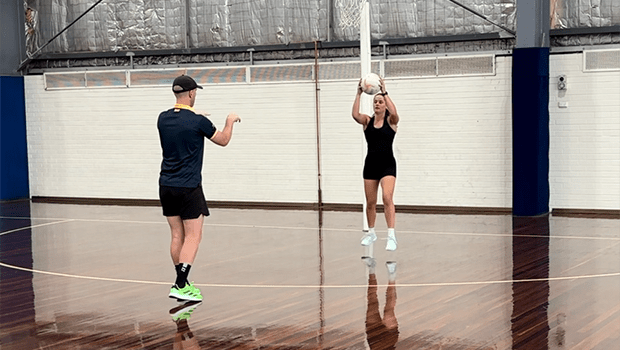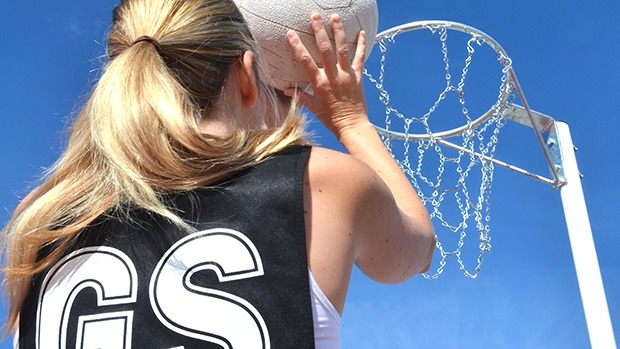
One of our mantras when it comes to netball fitness and skills is: If Player A is better and/or fitter than Player B, and Player B isn’t working harder in training than Player A, there’s a really good chance that player B will never be as good as that player.
It’s something we tell players often, when they ask what they can do to take the next step with their netball, or achieve selection over and above players who’ve been selected before them previously. “Are you doing more or working harder than what the others are?”
And the same goes for goaling.
I recall an article on Silver Ferns champion Irene van Dyk many years ago in which see outlined her shooting regime, which included at least 200 shots in her own time, every day. Here’s a player who was arguably the best goal shooter in history, and at the time was certainly the best in the world, and she’s putting up 200 shots a day to make sure she remained at the top was ALWAYS at her best.
And yet how many of us as coaches have had to ask our players (usually after a particularly poor shooting performance), “Who practised their goaling this week?”
And if the answer is, “I didn’t”, it might be time to start asking why.
A NON-NEGOTIABLE
As we know, once most netballers reach 13-15 years of age, it’s usually time for them to narrow down their favoured positions to just a couple.
And if those positions including GS or GA, unfortunately with it comes some added responsibility that the other positions just don’t have: being the only players who can actually put the goals on the board.
NEED NETBALL DRILLS? REGISTER NOW TO ACCESS 400+ COACHING VIDEOS
For those players, completing an extra couple of goaling sessions throughout the week is the bare minimum they should work into their schedule, if they really want to improve and perform consistently on match night.
When goalers roll their eyes at being asked to do their goaling during the week for the umpteenth time, I often say to them: “What’s worse? Finding 15-20 minutes a couple times a week to do some goaling practice, or spending hours or days stewing over a bad shooting performance when your team goes down by a handful of goals?”
At the very least, players should be arriving 15 minutes before warm-ups at training and on game day to practice their shooting and get things grooved before taking the court. Outside of this, two sessions is the minimum players should be completing during the week, if they really want to improve.
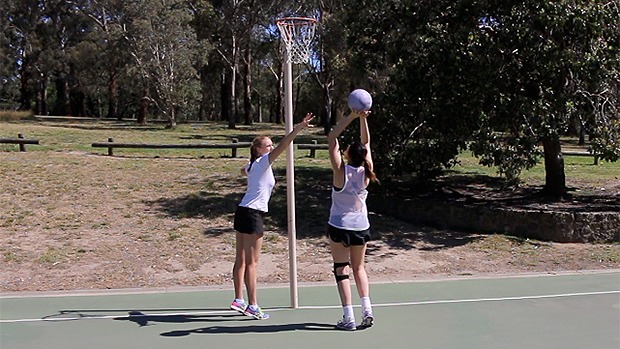
SESSIONS WITH PURPOSE
Any shooting practice is better than no shooting practice, but can you help motivate your goalers by providing with some simple sessions or guidance around the type of shooting they should be doing?
Putting up a hundred or more shots a day is great, but is the player able to produce the same consistency when they’ve got someone’s hands over their shot, or they’ve done five workloads before receiving the ball in the circle?
Giving each session throughout the week a specific purpose is a great way to keep players engaged and motivated to put in the hard yards, particularly as most of the time they’ll be on their own.
Here’s an example of how you might split up three sessions throughout the week:
SESSION 1 – Technique
Purely a shooting session, focusing on the technique of the shot and finding the groove in a variety of different shooting positions.
A simple example:
– 25 shots with one arm, focusing on finger flick
– 25 normal shots from anywhere within 2.5m of the ring
– 10 shots stepping left on one leg
– 10 shots stepping right on one leg
– 10 shots stepping forward
– 10 shots stepping back
– 15 shots from anywhere, mixing up timing of release between 1, 2 and 3 seconds
– 10 shots from anywhere to finish
SESSION 2 – Heart rate/fatigue
A session in which each shot or group of shots is preceded by 10-20 seconds of hard running or movement.
This could be footwork, sprints, goaler moves or any combination of those – the aim being to elevate the heart rate and breathing before the player then has to stop, steady and try to execute their normal technique when they’re fatigued.
After warming up with 20-30 shots, this session might only include another 30-40 shots, as the focus is less on the volume of shots and more on learning to shoot under fatigue.
For an extra challenge, do this session after a run or other fitness session, or at the end of training.
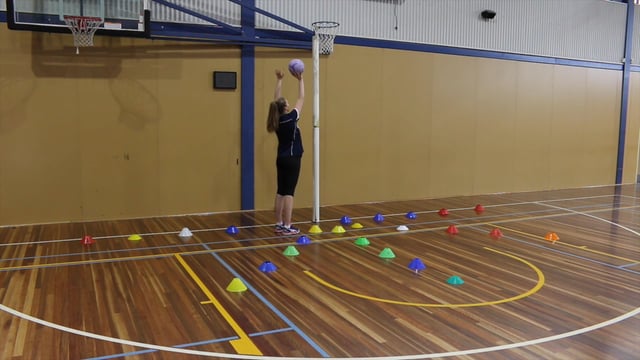
SESSION 3 – Pressure
The hardest aspect of shooting to recreate in training/at home is pressure, whether that be defensive pressure from an opponent, or mental pressure within the game itself.
Having a parent or sibling putting hands over the shot is a solid substitute for defensive pressure (particularly if the player adds some movement/fatigue before putting up the shot), and we can do our best to create mental pressure by including little scenarios in the session.
Hitting a set number of shots in a row from specific areas or distances is a great way to subtly include pressure – miss a shot, the player goes back to zero and starts from that spot again.
Even better – add a sprint if they miss, so they have to manage both pressure and fatigue within the same drill.
